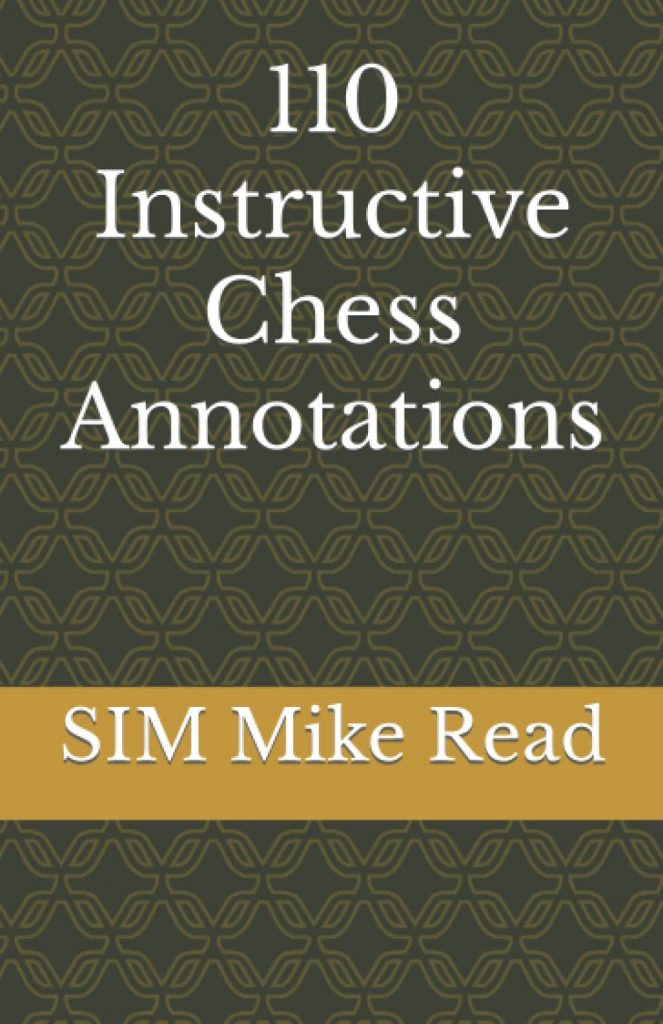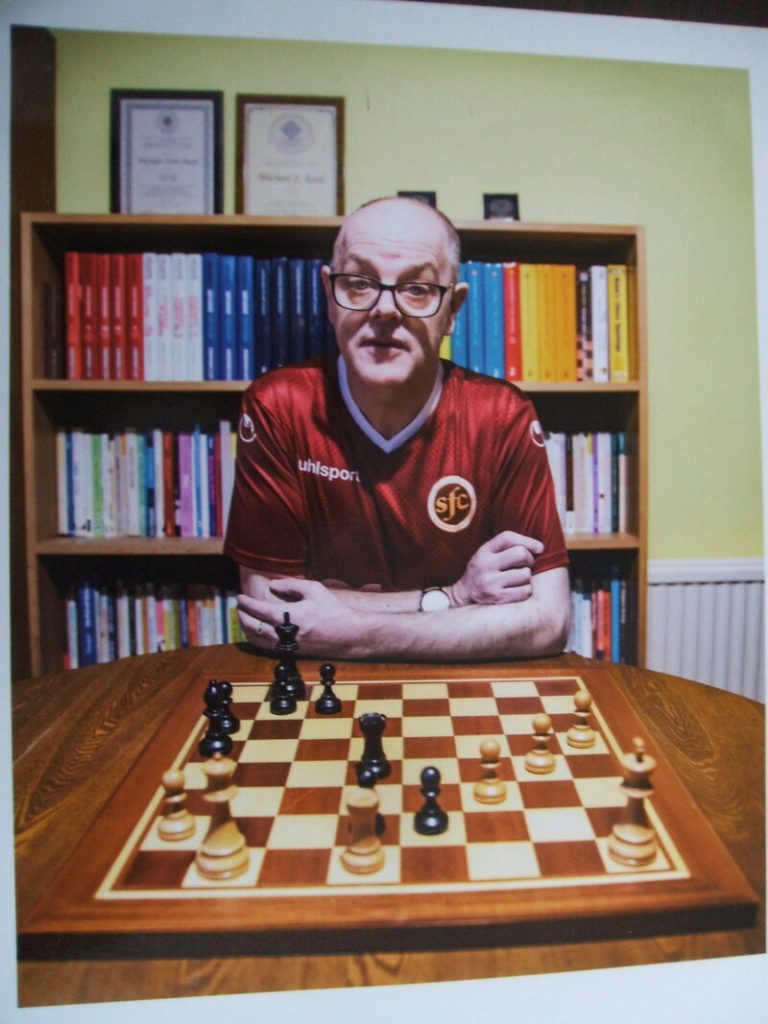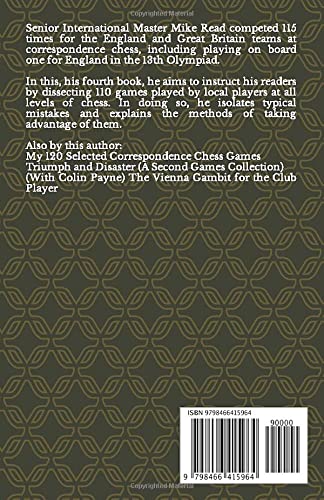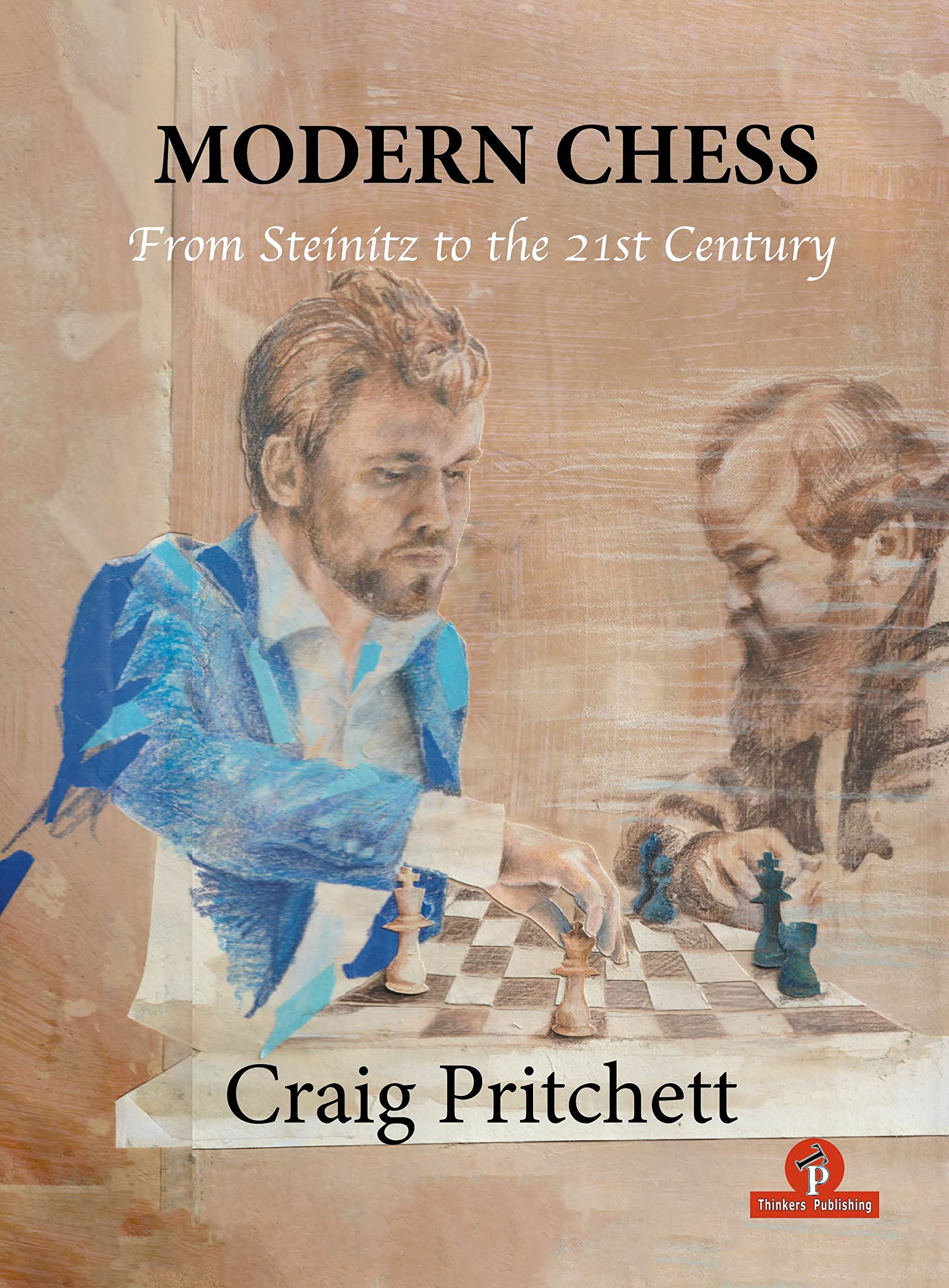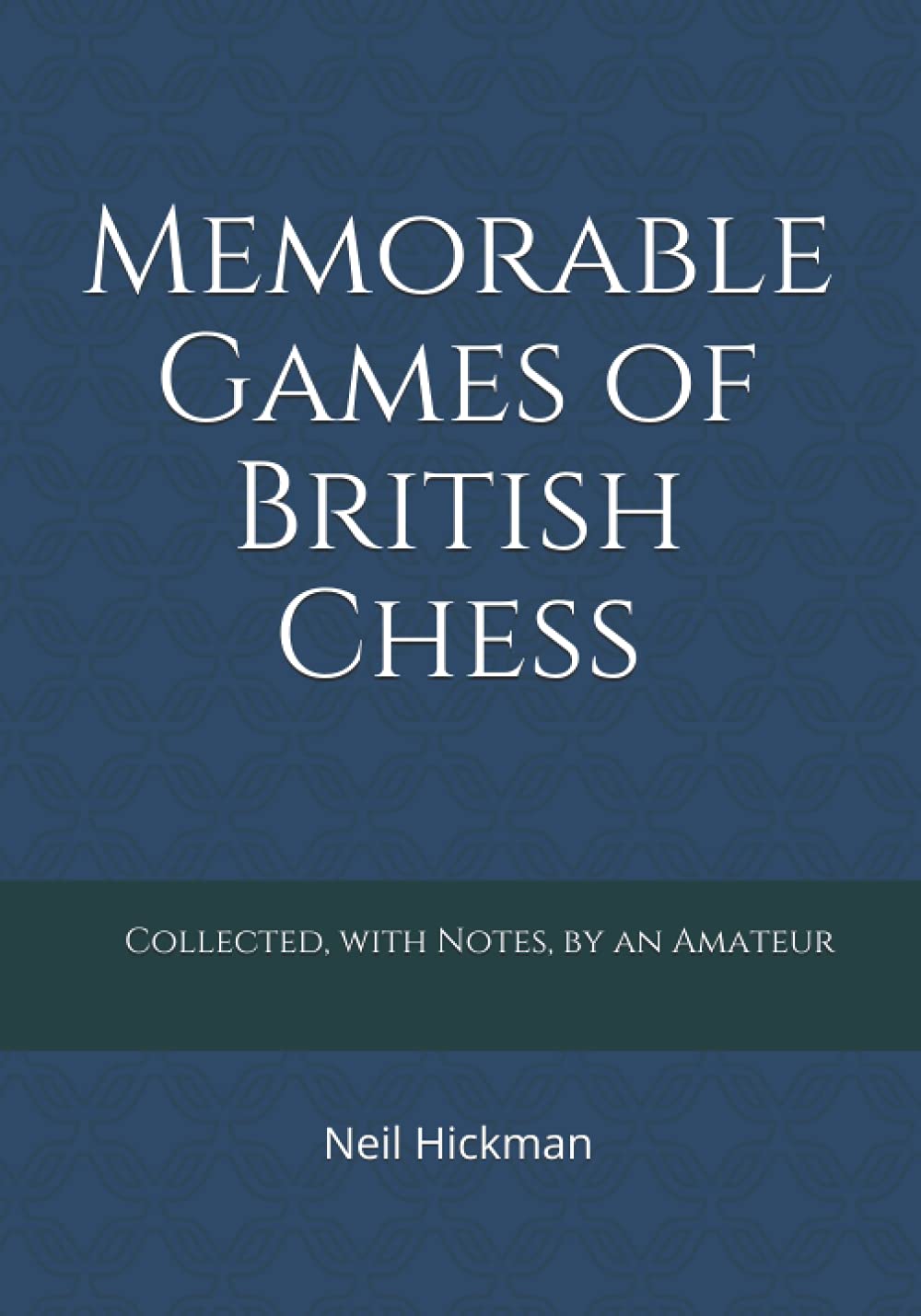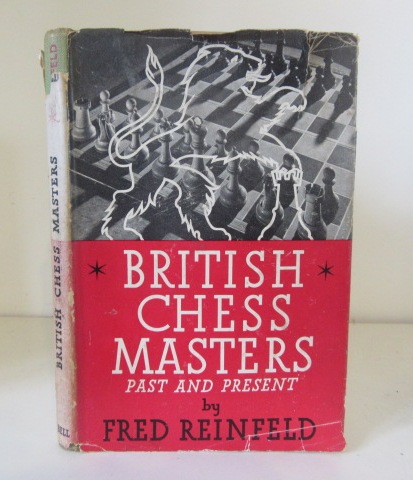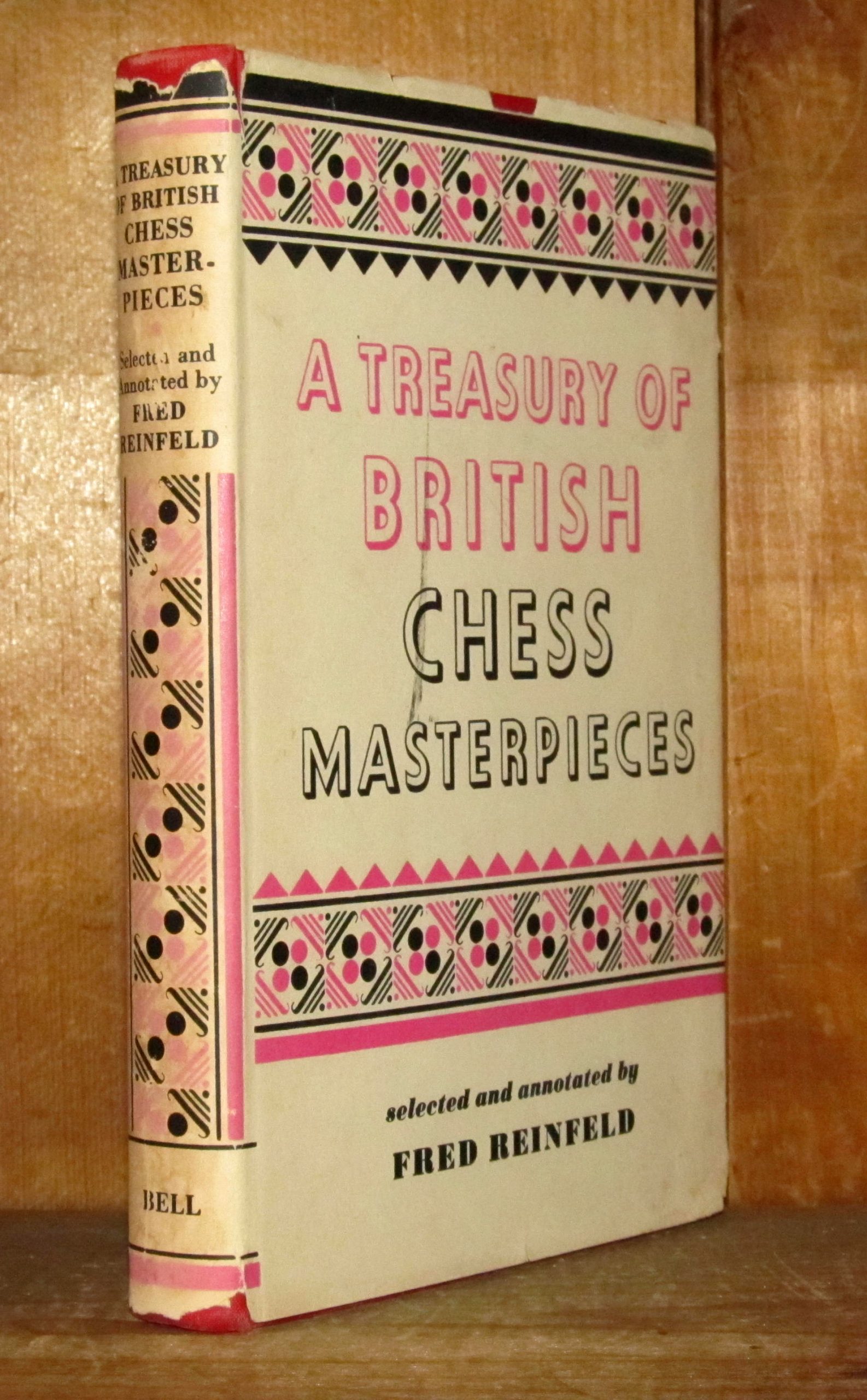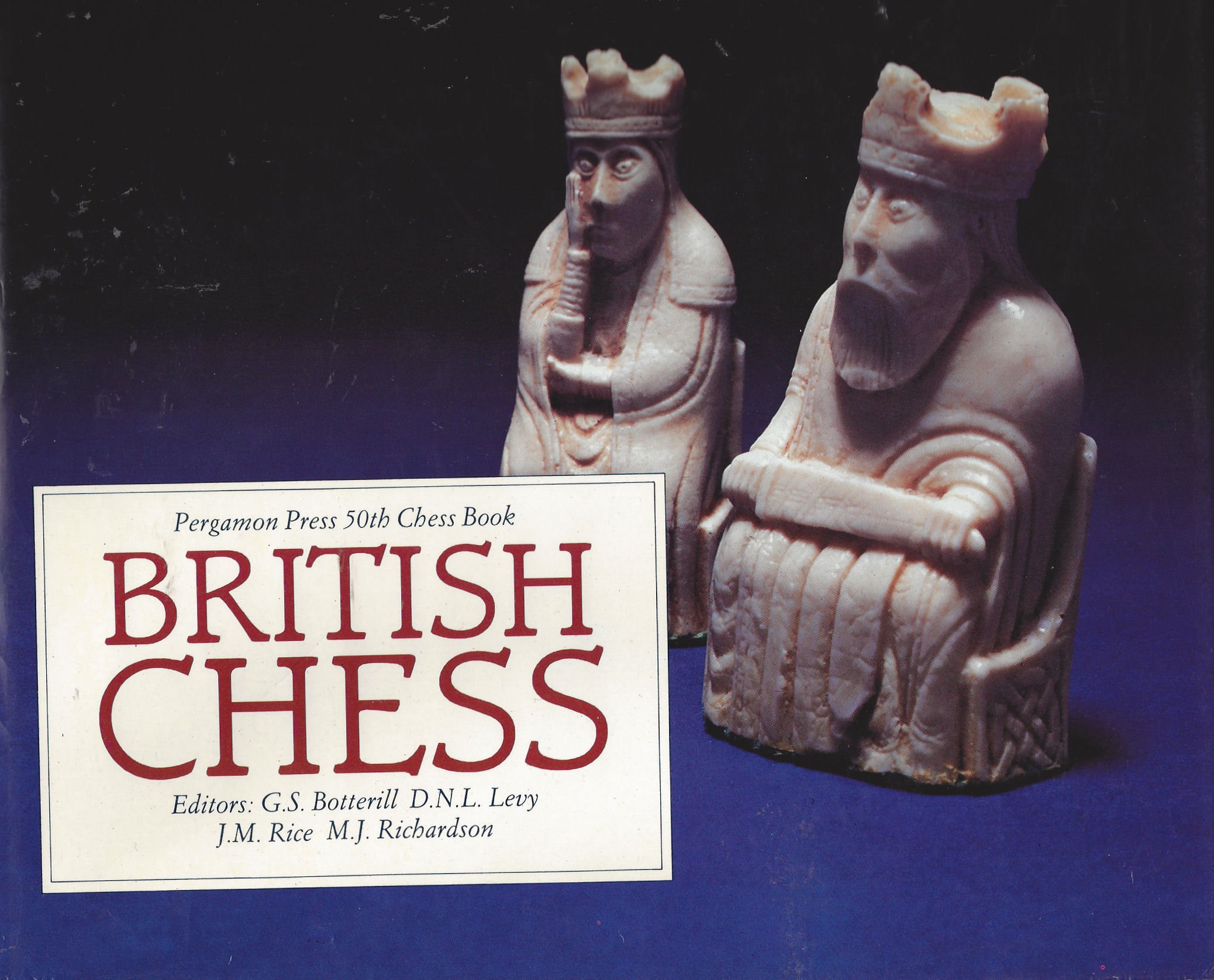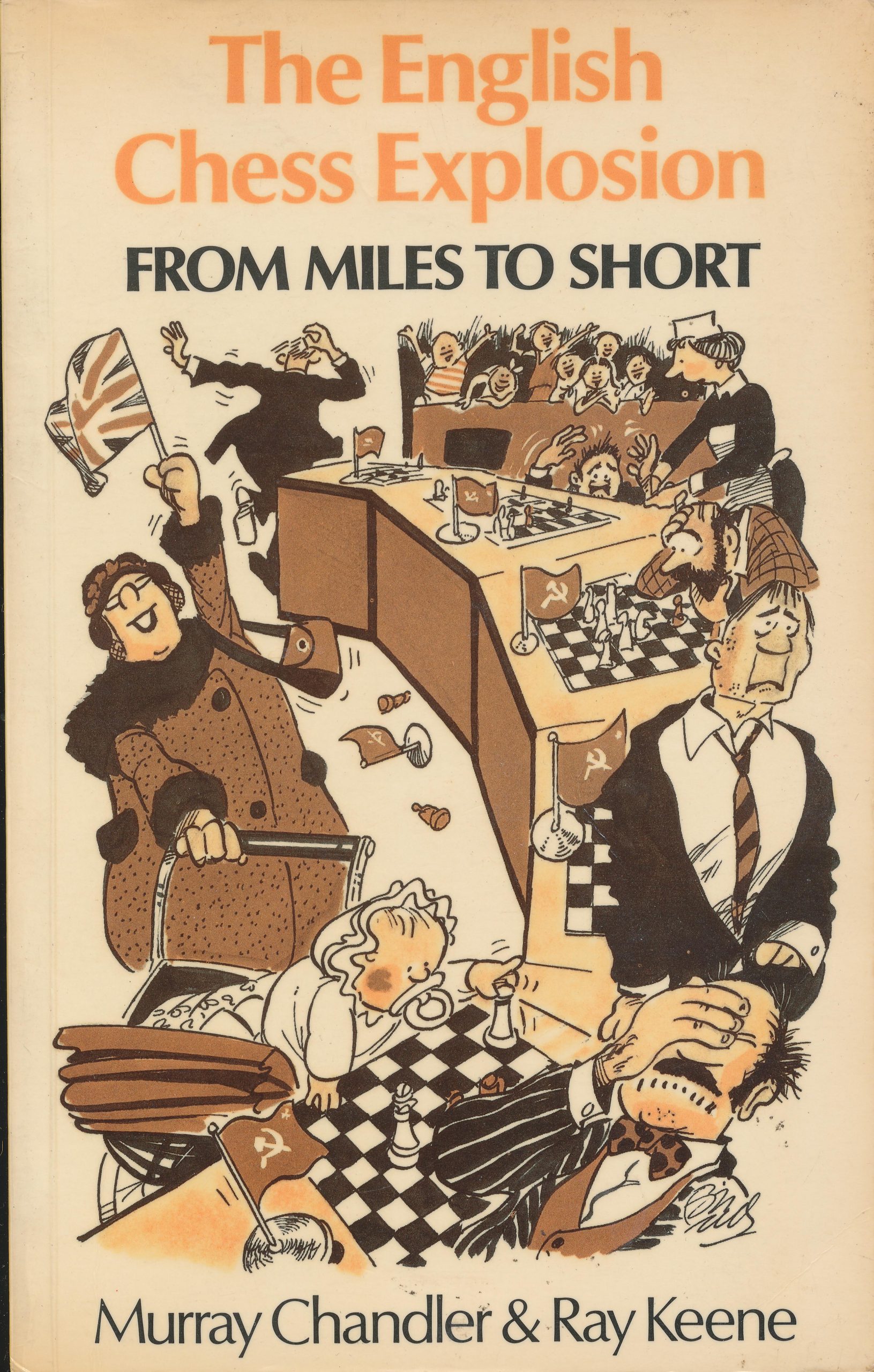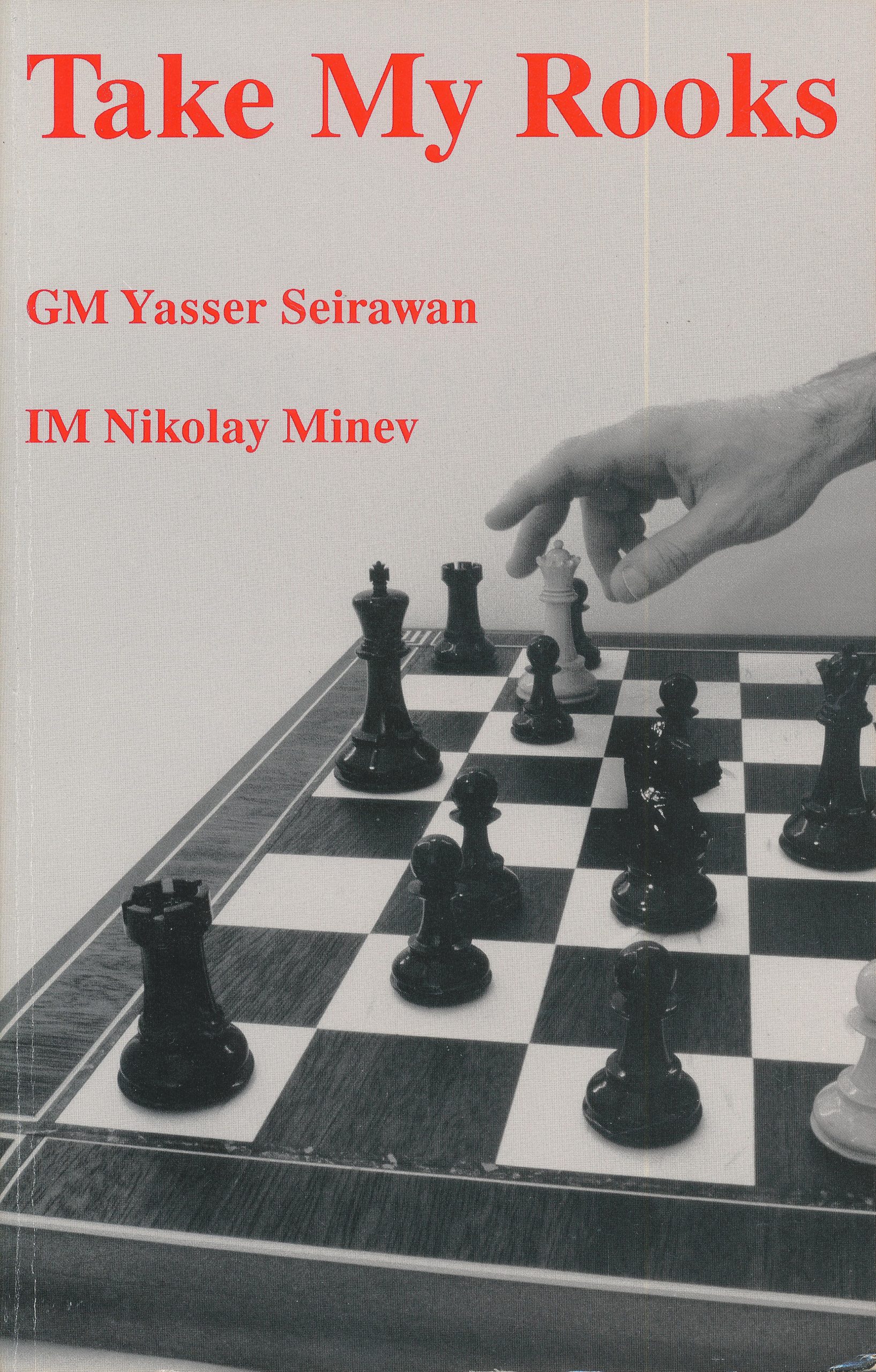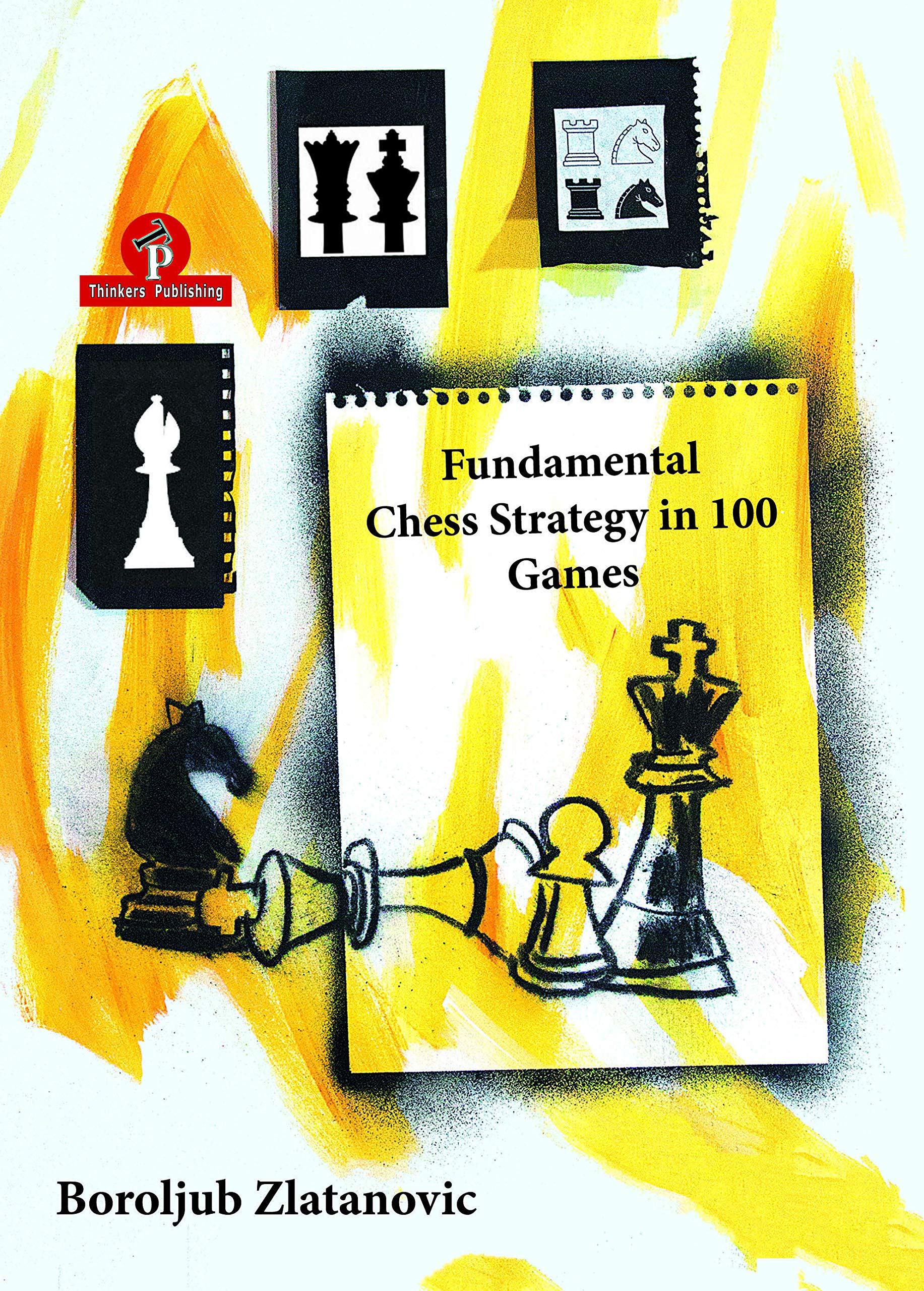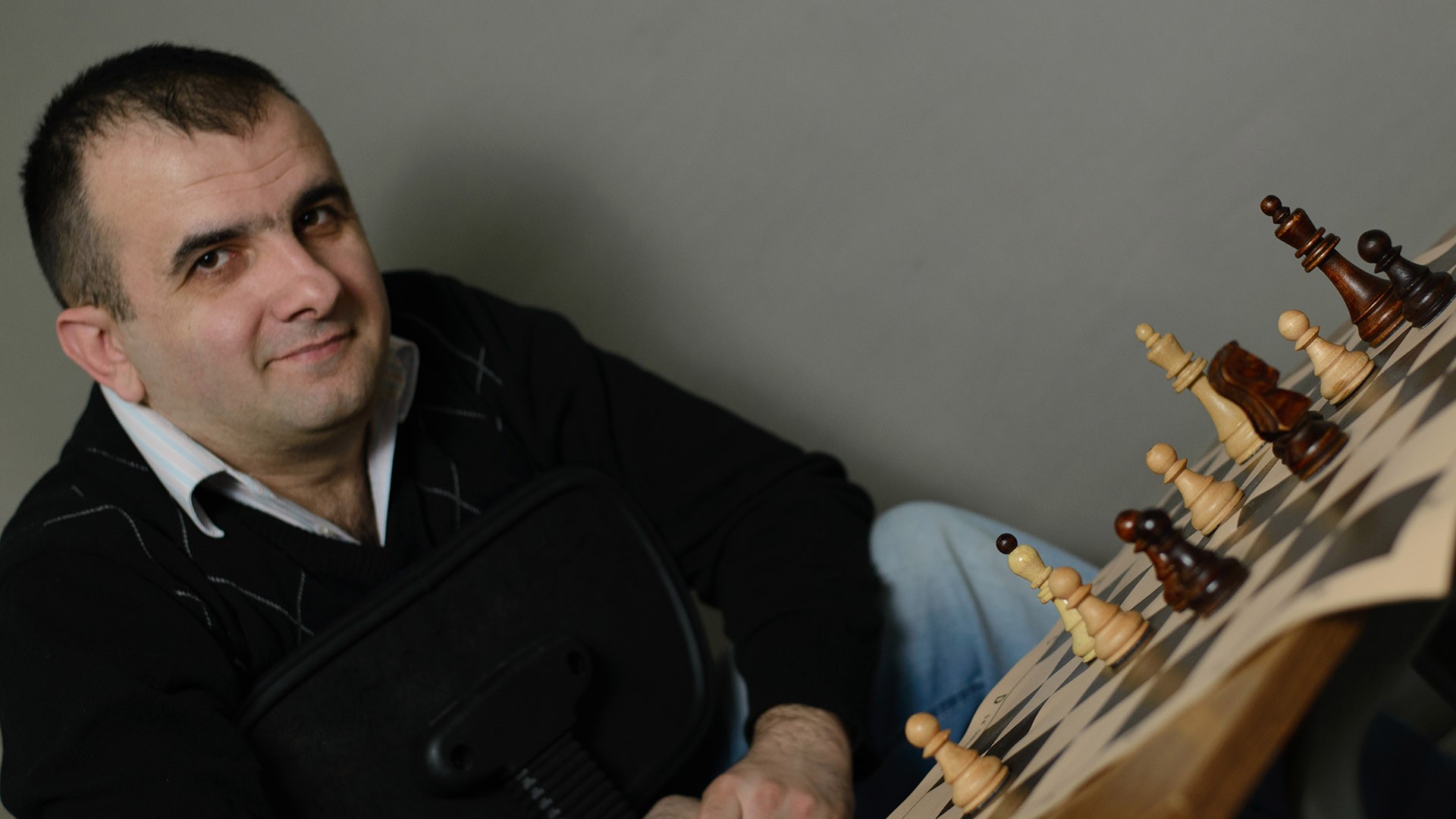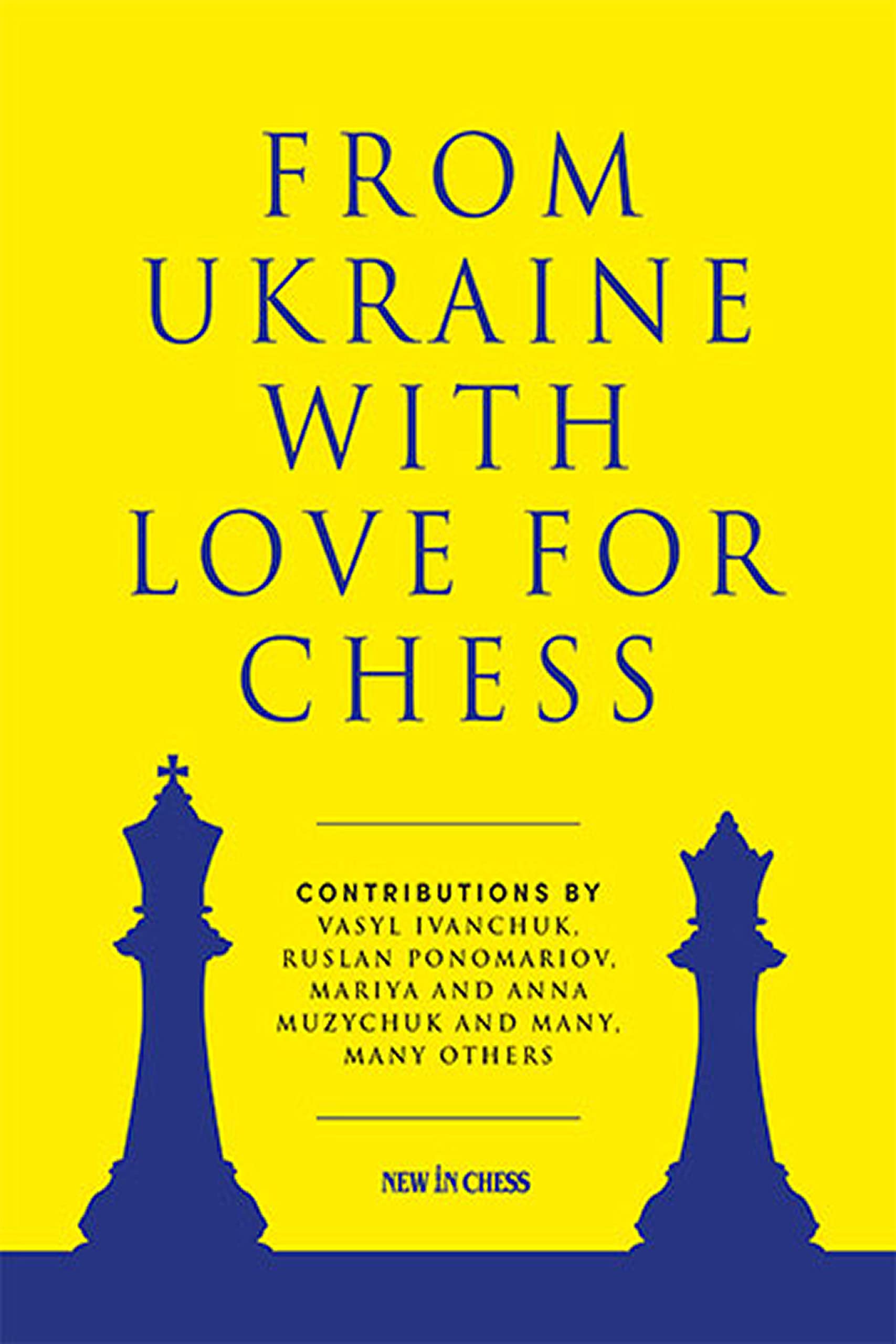
From the publisher:
“The Ukrainian chess community is helping Ukraine in the war against Russia. The chess genius Vasyl Ivanchuk is giving online simuls to raise funds. European champion and Olympic gold medal winner Natalia Zhukova is working as a politician in Odessa. And FIDE World Champion Ruslan Ponomariov coordinated this wonderful collection of chess games from Ukrainian players, published by New In Chess. All games were nominated and annotated by the players themselves. The proceeds of this book will support Ukrainian charities. The book also covers the three legendary Olympic victories by Ukraine, in 2004 and 2010 for the men’s team and 2006 for the women’s team. Oleg Romanishin remembers his training match against Mikhail Tal. And Jan Timman has a look at his favourite Ukrainian study composers. With contributions by Vasyl Ivanchuk, Ruslan Ponomariov, Anna and Mariya Muzychuk, Anton Korobov, Vladimir Tukmakov, Pavel Eljanov, Andrei Volokitin, and many, many others.”
Ruslan Ponomariov (1983) is a Ukrainian chess grandmaster. He was FIDE World Chess Champion from 2002 to 2004 and he won the Ukrainian Chess Championship in 2011 with a performance rating of 2853. Ponomariov was born in Horlivka in Ukraine. He was taught to play chess by his father at the age of 5.
What we have here is a chess book written and published to support Ukrainian chess players and Ukrainian charities in general.
GM Ruslan Ponomariov in the preface:
All funds from the sales will be used to help the Ukrainian people. By doing something good, I hope you can also enjoy and share a passion for chess with us.
And:
In your hands is the work of many authors and contributors. It was not a simple task, as it would be in normal circumstances. Some of them had fled from their homes without knowing what would happen on the next day. Some were hiding in a bomb shelter, trying to survive. But we managed to do it!
The publisher, Remmelt Otten, writes in the Acknowledgements:
This book started with an email by Steve Giddins, chess author, translator, and contributor to New in Chess. He wanted to share his desire to help the Ukrainian chess community in the terrible times after the invasion of Ukraine by Russia. If New in Chess was planning to publish anything by Ukrainian chess players, Steve offered to translate their writings for free.
We embraced his idea and decided to publish a book to support Ukrainian chess and Ukrainians in need. All proceeds (all revenue minus costs such as printing and distribution) will go to Ukrainian charities.
It’s the chess book equivalent of a charity compilation album, then. It’s extraordinary, given the circumstances in which it was conceived, that the book could have been compiled and published within less than four months. If you want to support a great cause there’s no need to hesitate.
But it’s also a remarkably good and well produced book, so not only will you make a contribution to charity if you buy a copy, you’ll also get some great chess as well. There are 42 well annotated games as well as a chapter on endgame studies. Some of the material has previously appeared in New in Chess, so if you’re a subscriber you might have seen it before, but there will still be much that is new to you, and you may well find it convenient to have the best in Ukrainian chess all in one place.
The first chapter introduces us to the pioneers of Ukrainian chess: Stein, Savon, Kuzmin, Tukmakov and Beliavsky.
Here’s the game chosen to illustrate Gennady Kuzmin. Click on any move for a pop-up window.
The second chapter will be, for many readers, the most interesting of the book. Oleg Romanishin talks about his secret training matches against Tal in 1975 and 1976.
Here’s a sample game.
Chapter 3 contains pen pictures of some of the older generation of current Ukrainian players, headed by Ivanchuk and Ponomariov.
Ukrainian Olympiad successes feature in Chapters 4-6: the 2004 open team, the 2006 women’s team and the 2010 open team.
In Chapter 7 we meet the younger Ukrainian players, born in 1985 or later, including Anna Ushenina and the Muzychuk sisters.
Here’s another game:
Finally, Chapter 8 is an article by Jan Timman featuring endgame studies by Ukrainian composers.
This pawn ending (White to play and draw) was composed by Mikhail Zinar (2nd Pr Moscow ty 1983)
You’ll see that, as well as supporting a great cause you’ll get a lot of great chess for your money. The content will appeal to all serious players, from 1500 or so upwards. It may not be the last word on Ukrainian chess or a book that will add a few hundred points to your rating, but it’s a well structured, highly entertaining and enjoyable read. Considering the timescale and circumstances the publishers have done an outstanding job and our thanks are due to everyone involved in the project, not just for the quality of their work but for their generosity in doing it for free. You can find further details and sample pages here.
Should you buy this book? Certainly. If the content appeals (as it should to almost everyone) you won’t be disappointed, and you’ll also be helping both Ukrainian chess players and the wider Ukrainian community in that war-torn country.
Richard James, Twickenham 4th August 2022

Book Details:
- Softcover: 208 pages
- Publisher: New In Chess (30 Jun 2022)
- Language: English
- ISBN-10:9493257576
- ISBN-13:978-9493257573
- Product Dimensions: 16.51 x 1.57 x 24.33 cm
Official web site of New in Chess



